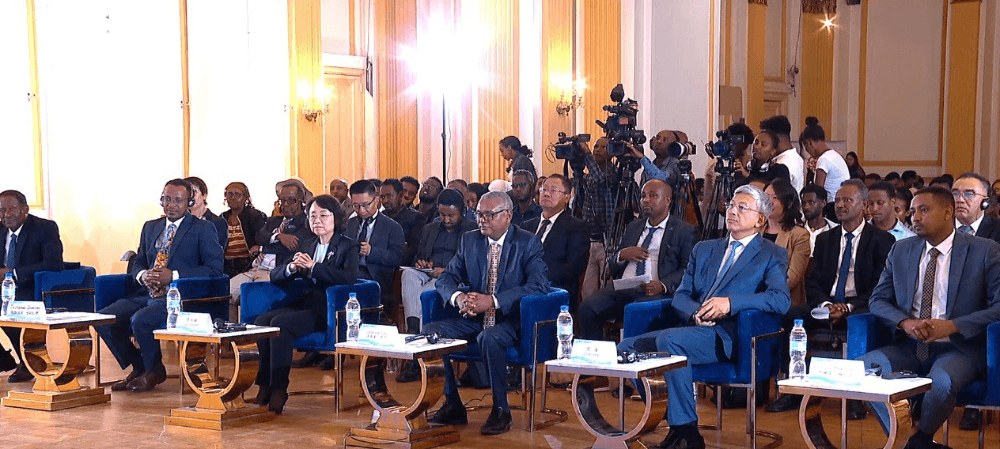Ethiopia and China have taken a significant step in strengthening cultural and media ties with the official launch of “China Hour”, a new television segment showcasing Chinese audiovisual content on Ethiopian media outlets.
The initiative was announced during the “Seeing China – Fostering China-Ethiopia Media Collaboration” event held at Addis Ababa University, which also marked the 55th anniversary of diplomatic relations between the two countries.
Organized jointly by Ethiopia’s Government Communication Service, China’s National Radio and Television Administration, and the Chinese Embassy in Addis Ababa, the event emphasized the importance of media as a tool for fostering mutual understanding, cooperation, and people-to-people exchange.
“This is not just a program launch—it is a celebration of vision and solidarity,” said Ethiopian Government Communication Minister Legesse Tulu, who reflected on his own experiences studying in China. He described China’s media system as disciplined and effective, with a strong focus on public communication and storytelling.
“China Hour” will broadcast a selection of Chinese TV dramas, documentaries, animations, and variety shows through Ethiopian Broadcasting Corporation (ETV), Fana Broadcasting Corporation, and ARTS TV. The content lineup includes productions such as The Wonder, The Ideal City, Adventures of the Panda, and Havoc in Heaven—aimed at promoting cultural exchange and showcasing China’s creative industries.
Chinese Minister of the National Radio and Television Administration, Cao Shumin, described audiovisual media as a “bridge for mutual understanding” and stressed the importance of embracing new formats, such as mini-dramas, while expanding technical collaboration, joint training programs, and international media exchanges.
The Chinese Ambassador to Ethiopia, Chen Hai, welcomed the initiative, noting its significance in strengthening bilateral ties through soft diplomacy. He announced upcoming joint cultural and youth initiatives, including the Ethiopian Youth Vision on China and Happy Spring Festival programs, aimed at fostering closer engagement between the two societies.
Officials on both sides view the collaboration as a key component of broader strategic cooperation, particularly under China’s Belt and Road Initiative, which already includes infrastructure, trade, and education partnerships between the two nations.
As China and Ethiopia continue to align in various sectors, the media partnership is being framed as a long-term investment in shared storytelling, cultural understanding, and regional influence—leveraging the power of content to connect people across borders.



